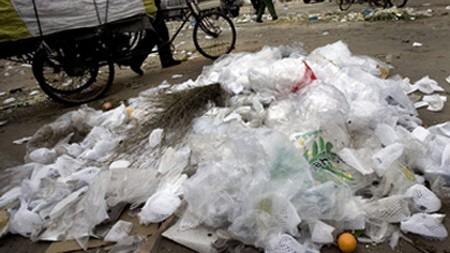Islamabad:
Pakistan generates almost two million tons of plastic waste annually, of which 86% are administered incorrectly, severely damaging human health and the environment, according to the World Fund for Nature-Pakistan (WWF-Pakistan).
In a statement issued on World Environment Day, WWF stressed that more than 1.7 million tons of plastic end up in landfills, open landfills, river roads and even food systems, which places Pakistan among the 10 main plastic placement countries worldwide.
WWF-Pakistan said that plastic pollution is now one of the most pressing environmental challenges in the country, contributing significantly to ecosystem degradation, loss of biodiversity and water pollution.
Pakistan is also among the highest in southern Asia for mismanagement, the additional burden of urban waste systems and the increase in public health risks.
Worldwide, plastics have revolutionized industries due to their low cost and durability. However, the proliferation of single -use plastics (SUP), such as bottles, bags, wrappers and cutlery, has created a growing crisis. According to the UN Environment Program, approximately 400 million metric tons of plastic waste are generated worldwide every year, 36% of which consists of SUP.
A 2023 study conducted by the Pakistan Environmental Protection Agency revealed that less than 10% of the country’s plastic waste is recycled. The rest contributes to the overflow of the landfill, the inefficient deviation of waste and pollution due to the lack of integrated waste management and a limited investment in recycling infrastructure.
Plastic packaging, which constitutes 40% of global plastic production, is especially harmful due to its non -biodegradable nature. Composed of long -term polymers such as polyethylene and polystyrene, these materials persist in the environment for centuries, polluting lands, rivers and oceans.
Studies estimate that more than 14 million tons of plastic waste enter the oceans annually. Microplastics, small fragments resulting from plastic decomposition, have now been found in shellfish, drinking water and even human blood.




